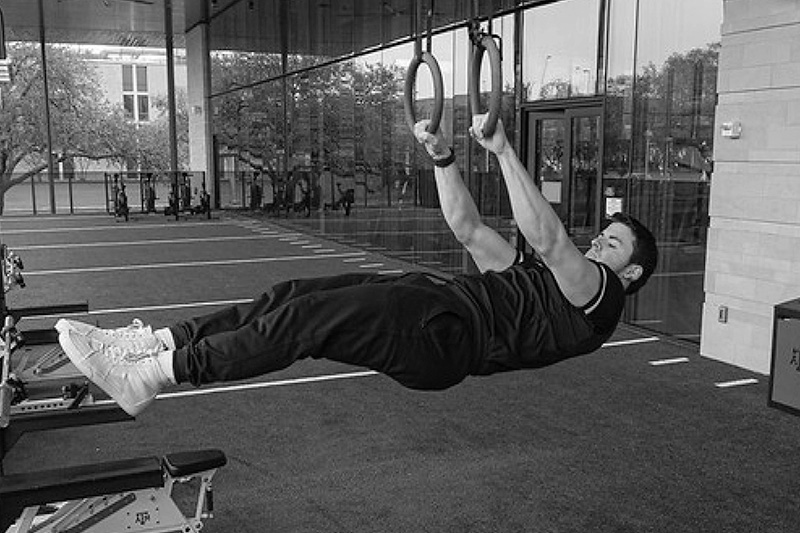Pushing against a wall, lifting a dumbbell, or straining on a headband are all examples of resistance exercises that put your muscles to the test in ways that are greater than what you’re used to. Muscles get stronger as the weight or resistance increases, so keep going heavier. This type of workout is excellent for building muscle, maintaining muscle tone, and fortifying bones. It’s a great way to keep up the muscle you use daily, whether carrying groceries up the stairs, getting up from a chair, or running to catch the bus.
Strength training for the legs, hips, back, chest, belly, shoulders, and arms should be done at least twice weekly, according to the current established standards for physical activity. Even though some research demonstrates that doing two or three sets of the same exercise is more effective than doing just one, it is still beneficial to perform just one set of eight to twelve repetitions every session. There should be at least 48 hours between resistance training sessions so that your muscles can heal.
Pay Attention to the Shape, Not the Weight
Maintain the proper alignment of your body and do each exercise with fluid motion. Incorrect form can increase the risk of injury and slow down progress. Many fitness professionals recommend learning a new strength training routine with either no weight or a highly minimal weight. When isolating a particular muscle group, you should focus on performing gradual, smooth lifts and similarly controlled descents.
Maintain a Tough Environment for Your Muscles by Gradually Adding More Weight or Resistance
Pick a load that causes the muscle or muscles you’re focusing on to fatigue by the time you get to the last two reps while still enabling you to keep your form intact. Pick a weight that is easier to lift if you cannot complete the final two repetitions. When it becomes too simple to finish, either increase the weight you are lifting (approximately 1 to 2 kilograms for arms, 2 to 5 lbs. for legs) or perform another round of repetitions during your exercise (up to three sets). If you increase weight, keep in mind that you should be able to complete all of the repetitions while maintaining proper form, and the muscles working should feel fatigued by the time you get to the last two.
Continuing with the Usual Schedule
It is preferable to put all your body’s major muscles through your paces two or three times per week. You can perform a single, comprehensive strength program twice or three times per week or split your strength routine into upper- and lower-body elements. In that scenario, you should try performing each component at least twice or thrice weekly. If you can’t complete a group of exercises or sessions, if you can’t talk during training, if you feel unwell after a session, if you feel weary throughout the day, or if you experience joint aches and discomforts after a session, slow down or stop.
Rest Muscles Often
Resistance exercise results in microscopic rips in the muscular tissue. These tears don’t harm, but they serve a vital purpose: as the muscles heal from the tears, they become stronger. Always ensure that you give your muscles a minimum of 48 hours to recuperate before beginning the next session of strength training. Exercises designed to build muscle should not be painful to perform at any point during the routine. If a specific action or activity is causing them substantial pain, you should stop doing it. When working out, it is essential to maintain mobility within your comfort zone. Make an effort to increase that range gradually over time.
Check Breathing
When raising or pressing, exhale as much air as possible, and inhale slowly when the weight is gradually released. It’s dangerous to strain without taking a breath. However, people with heart conditions should avoid using the Valsalva technique because it might cause dangerously high blood pressure spikes.





